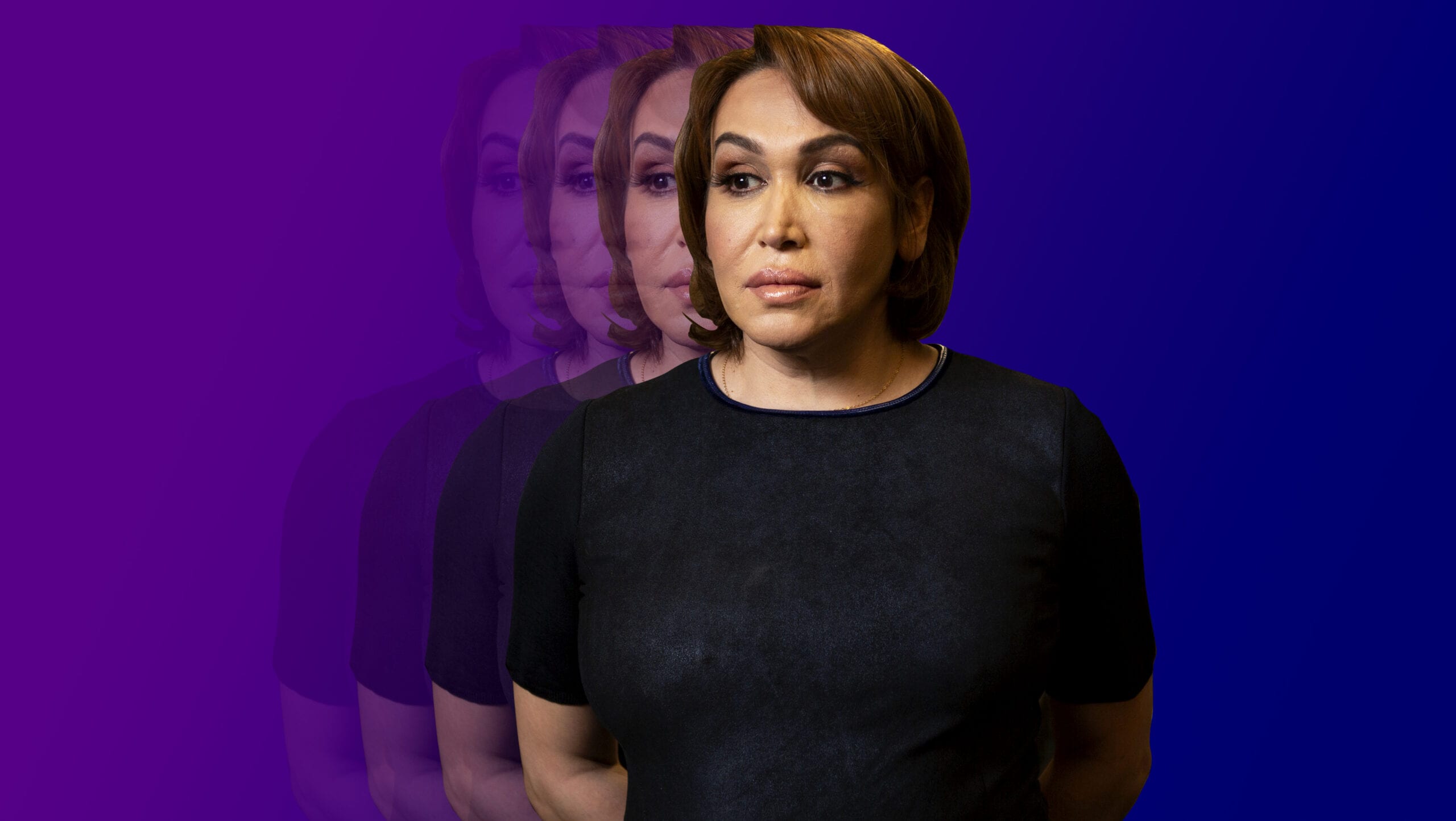In December, Prime Minister Justin Trudeau mandated the new Minister of Justice, David Lametti, to move forward with a federal ban on conversion therapy. The efforts build on the existing patchwork of municipal and provincial legislation prohibiting the practice. The mandate letter included a proposal to amend the Criminal Code to explicitly ban conversion therapy and to take additional steps with provinces and territories to end the practice in Canada. While the details are unclear, adding conversion therapy to the Criminal Code will likely mean that those practising it are liable to face criminal charges.
There is no universally agreed-upon definition of conversion therapy. It is predominantly described as any practice that aims to “fix” or change an individual’s gender identity or sexual orientation to make them heterosexual and/or cisgender through psychological or spiritual interventions. At its root, conversion therapy seeks to force LGBTQ2 people to deny their identities on the premise that such identities are harmful, morally deviant or psychologically disordered. Conversion therapy has been condemned by medical, scientific and government institutions around the world as a harmful and unscientific practice.
Until recently, little was known in Canada about the prevalence of conversion therapy—how often it’s sought or prescribed, what forms it takes or who might be practising it.
But that’s about to change—at least when it comes to trans communities.
From July to August 2019, Trans Pulse Canada, a national trans and non-binary community-based research project, launched a national survey—the first of its kind to look specifically at the state of trans and non-binary communities in Canada, with a particular emphasis on their health and well-being. While the group has yet to publish its full report, it did release preliminary findings when news broke of the potential federal conversion therapy ban. It reported that a staggering 11 percent of the 2,033 trans and non-binary people surveyed have undergone conversion therapy in an attempt to make them cisgender. (This confirmed similar findings in the U.S., where a recent survey found that 13.5 percent of trans and non-binary people have experienced conversion therapy.)
Conversion therapy has been condemned by medical, scientific and government institutions around the world as a harmful and unscientific practice.
Of those 55 and older in the Pulse study, 25 percent had undergone conversion therapy, compared to 11 percent of those 25 to 49 years old and eight percent of those 14 to 24. While this indicates a decrease in prevalence over the years—likely due to shifting social values, improved (and less transphobic) approaches to transition-related healthcare and increased public education—the fact that eight percent of trans and non-binary youth across Canada have been subject to conversion therapy should be cause for serious alarm.
Another concern for researchers is that the forms the practice takes are increasingly more subtle than they may have historically been. “In most corners, it’s no longer acceptable to come out and say that yes, the goal of my therapy is to stop people from coming out as trans,” says Ayden Scheim, co-principal investigator of the study.
One example of this, Scheim says, is the popularity of pseudo-scientific diagnoses such as rapid onset gender dysphoria (ROGD)—a term coined by Lisa Littman, a physician and professor at Brown University in the U.S., intended to describe children who “falsely” believe they are transgender due to social influence, trauma and experiences of sexual objectification. ROGD has been thoroughly debunked as transphobia and a veiled attack on the rights of trans kids. Littman’s study, which is widely cited by anti-trans activists, has been criticized for its poor design. The results were based on surveys of parents only, and trans and non-binary children themselves were not consulted.
“[Healthcare providers] might not call it [conversion therapy]. Instead, they’re just saying that they don’t recognize [someone’s] gender identity as legitimate in the first place,” says Scheim. “The end result is the same: People are coming into a mental health provider’s office and being discouraged from expressing the gender identity that they identify with.”
Many trans and non-binary people also continue to face significant barriers across Canada in accessing transition-related healthcare. A recent report by Support And Education For Trans Youth (SAEFTY), an Ottawa-based group led by and for trans youth, highlighted how transition-related healthcare still has a long way to go to be truly supportive of the diverse experiences and needs of trans young people. That, Scheim says, indicates that our society still takes an approach to trans healthcare that requires “fixing” trans people so that they might live and exist as cisgender people. “There’s this idea that we should just try to discourage people from medically transitioning. But if that fails, then we’ll allow them access,” Scheim says. “A lot of that language was historically used by people who worked or were engaging in conversion therapy.”
We know that trans conversion therapy is a serious and prevalent issue in Canada. We know that it’s often taking place under pseudonyms and rarely acknowledged for what it is. The time is ripe for a federal ban on this harmful practice, but we must also consider what further measures are necessary to ensure it is eradicated throughout Canada. Additional training for health and social service providers, as well as faith leaders, would be a step in the right direction—in addition to greater public education to address the homophobia and transphobia that enables such practices.


 Why you can trust Xtra
Why you can trust Xtra


